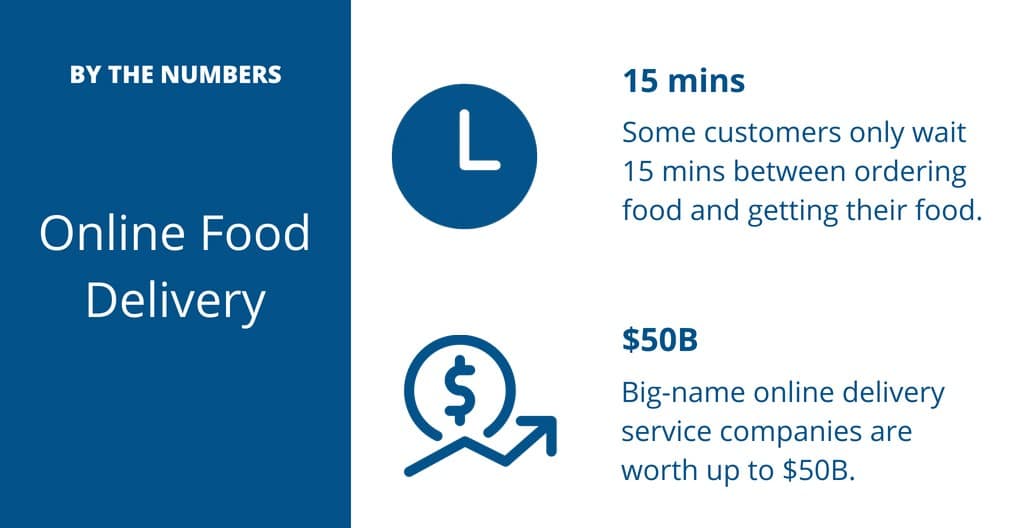Tech Disruption: Restaurant Delivery Vehicle Tracking
How would you order food from a restaurant? For a long time, there was only one way. People needed to call the restaurant and place an order with in-house delivery drivers. Nowadays, people use food order apps and watch restaurant delivery vehicle tracking to monitor their food!
Transformation of Food Delivery
Traditional Boring Food Delivery
Traditionally, food delivery is boring and simple. When people want food, they would simply call a restaurant and place an order. If the restaurant offers delivery, they would send an employee to deliver food to the customer’s home. While this process worked for a long time, it wasn’t perfect. Why?
Typically, if people are ordering food, they are hungry! People want to get food right away. However, between preparing the food and sending a delivery driver, customers might wait upwards of 30 to 60 minutes. That’s not good for those as hungry as a lion!
A New Idea
How can people get faster food deliveries? A new idea came with the rise of phone apps and online orders. Similar to ordering something online, what if people can order food and schedule deliveries online?
That idea took off. Several companies including UberEats, SkiptheDishes, and Just Eat are offering food couriers. These courier services work with a restaurant to process online orders and send local drivers to deliver food to a customer. The business model got so lucrative that some of these companies are worth $50-billion.
How Does Online Food Ordering & Delivery Work?
There are usually several steps. Here is a rough process:
1. Restaurant & Courier Partnership
Firstly, couriers would partner with restaurants. The partnership helps both the courier and restaurant. For restaurants, couriers handle the entire delivery process. This includes setting up an online order menu, processing payment, delivering food, and providing restaurant delivery vehicle tracking. In exchange, couriers receive a cut out of the food order.
2. Customers Order Online.
Secondly, customers can order food online. After setting up an online menu, customers can use an app to browse an online menu, order their food, and pay.
3. Restaurants and Couriers Prepare Food & Delivery.
Thirdly, restaurants and couriers prepare the order. At the restaurants, staff receive and prepare the online order. Meanwhile, the courier receives the order, finds the closest driver, and sends them to pick up the food.
4. Delivery
Finally, when the food is finished, a driver takes the food and delivers it to its destination. Throughout the process, customers can check restaurant delivery vehicle tracking on their app to monitor their food. From placing an order to receiving food, the process can be as quick as 15 minutes.
What if I want to start my own online food delivery service?
This is not a rare thought. There are many online food delivery services. However, potential business owners face two big challenges.
Saturated Industry
The biggest challenge is the food delivery space is dominated by major players. In recent years, several businesses opened and closed because of stiff competition.
In order to compete against big names, new services have to offer something different. For instance, a common complaint against big-name food deliverers is the quality of service. Some restaurants report that drivers sometimes fail to take care of the order and deliver unfresh food. As a result, the restaurant ends up looking like the bad guys. Consequently, some new services are taking advantage by controlling their delivery quality and outcompeting the big names.
Finding Restaurant Delivery Vehicle Tracking Technology
Another barrier is finding the correct restaurant delivery vehicle tracking technology. Online delivery services rely on steady technology to quickly process orders.
As a result, new businesses need to build a system that can: 1) process online orders, 2) track the closest driver, 3) assign them to their job, and finally 4) monitor the delivery process. Thus, new services need to either hire strong programmers or buy specialized software.
Review a case study in the food industry here.
